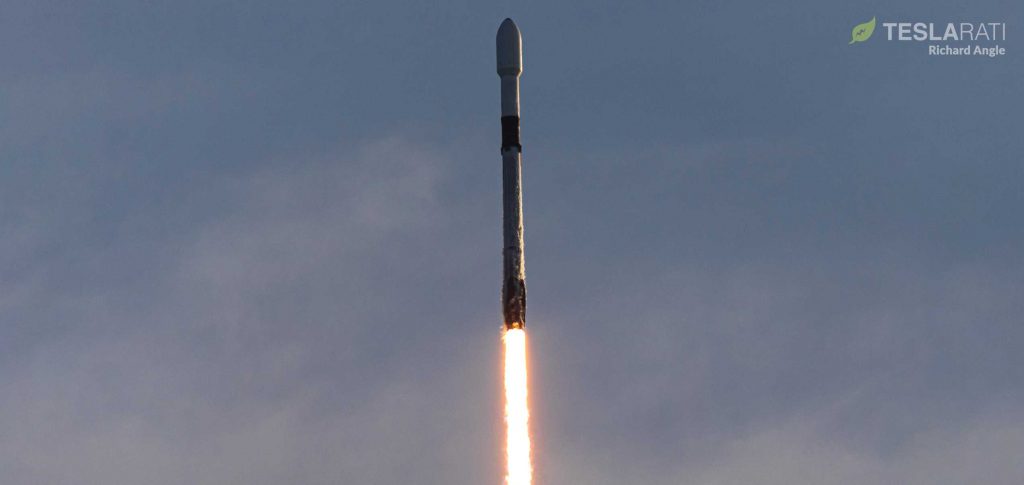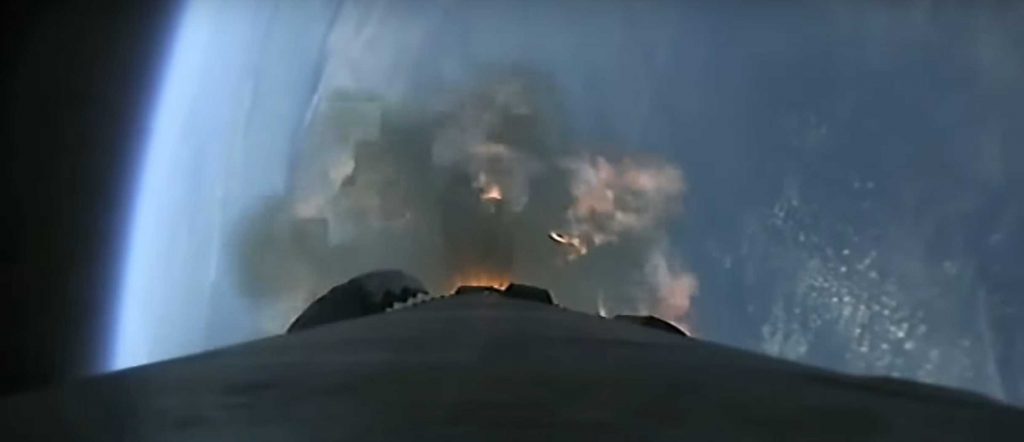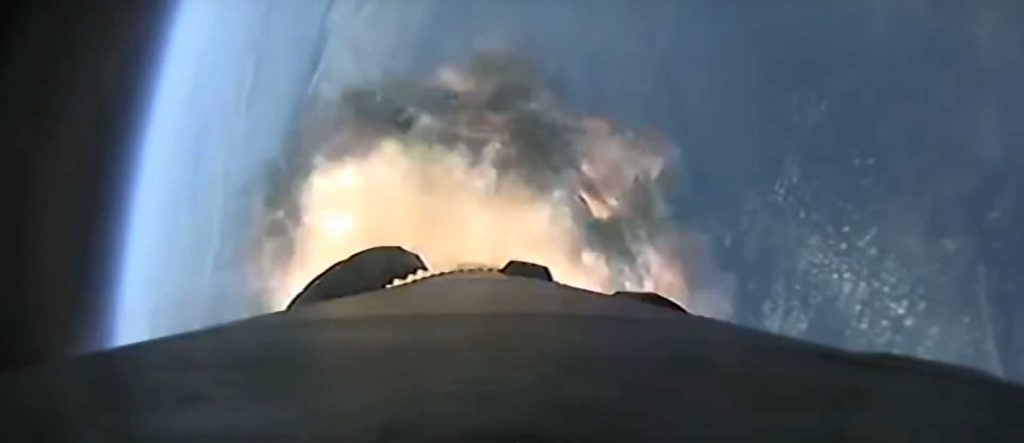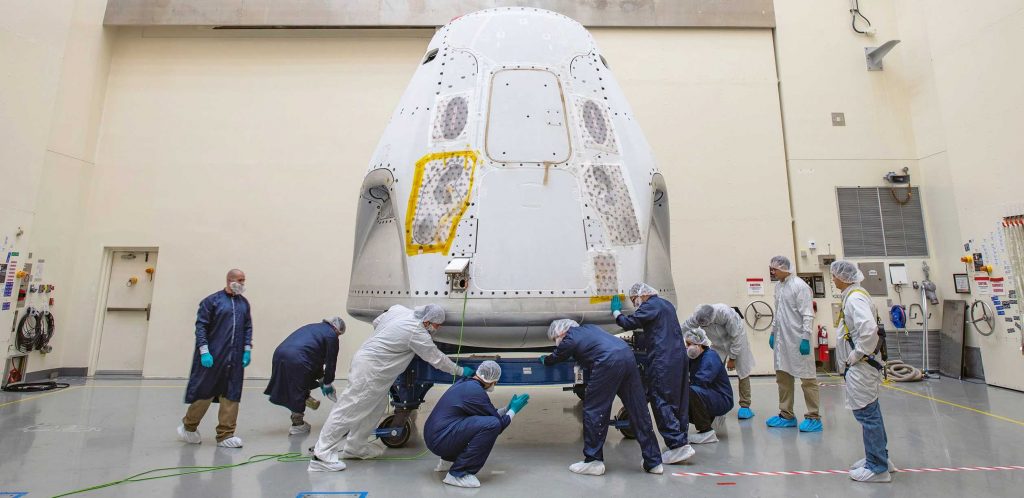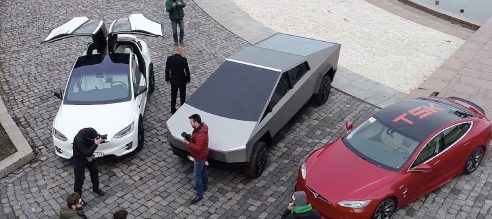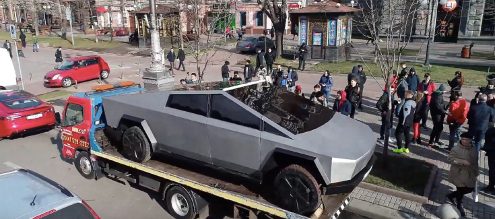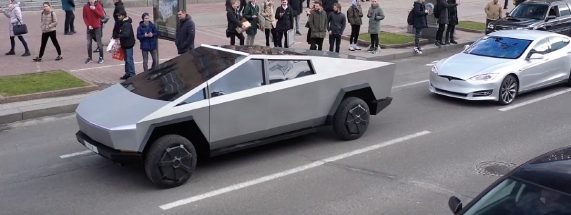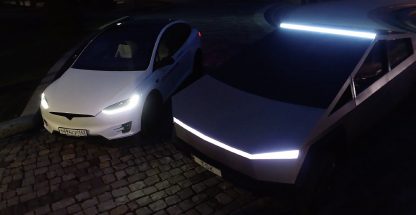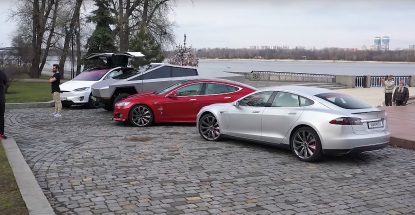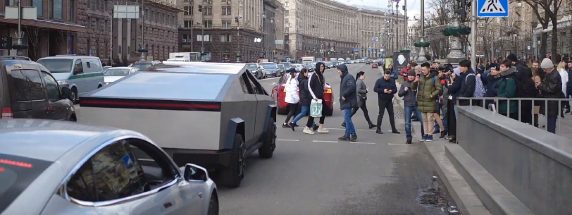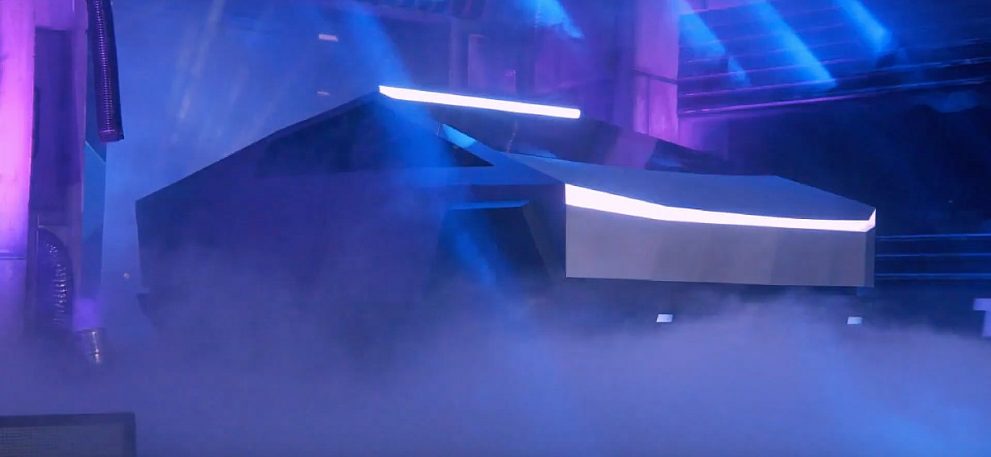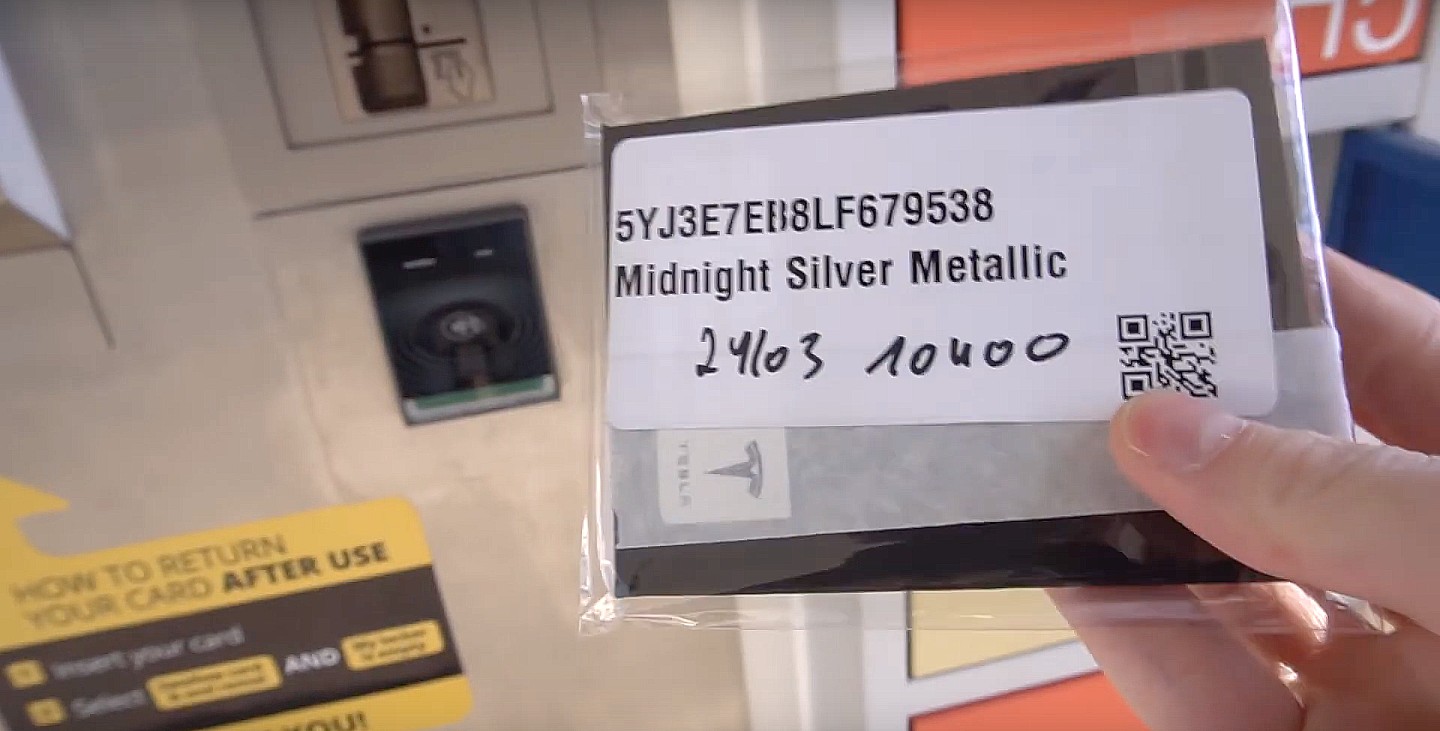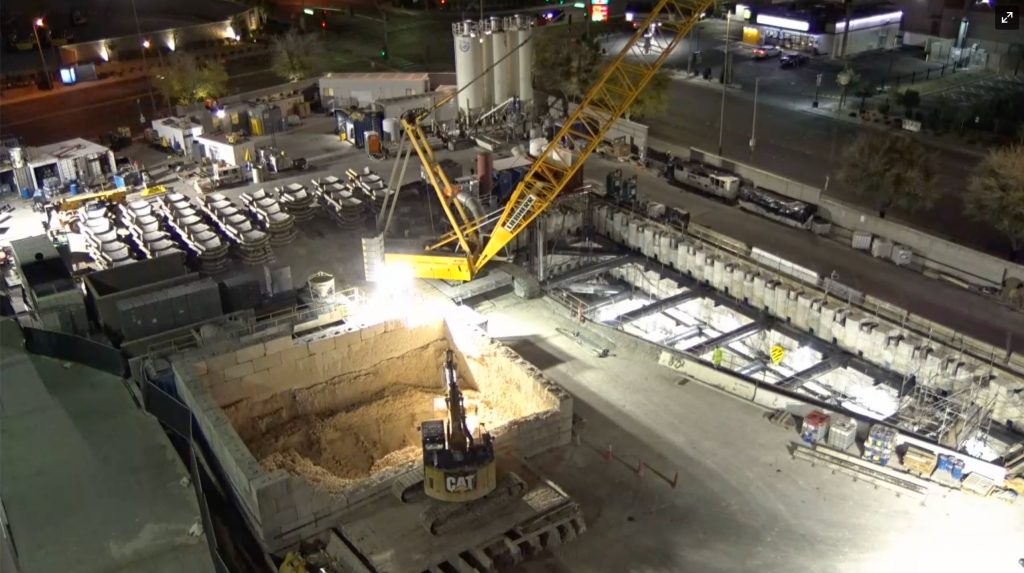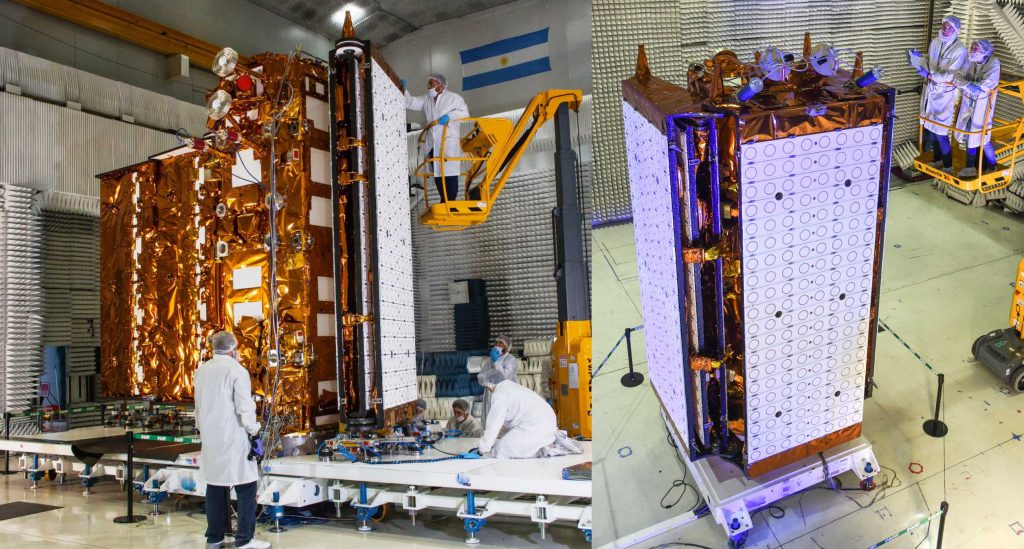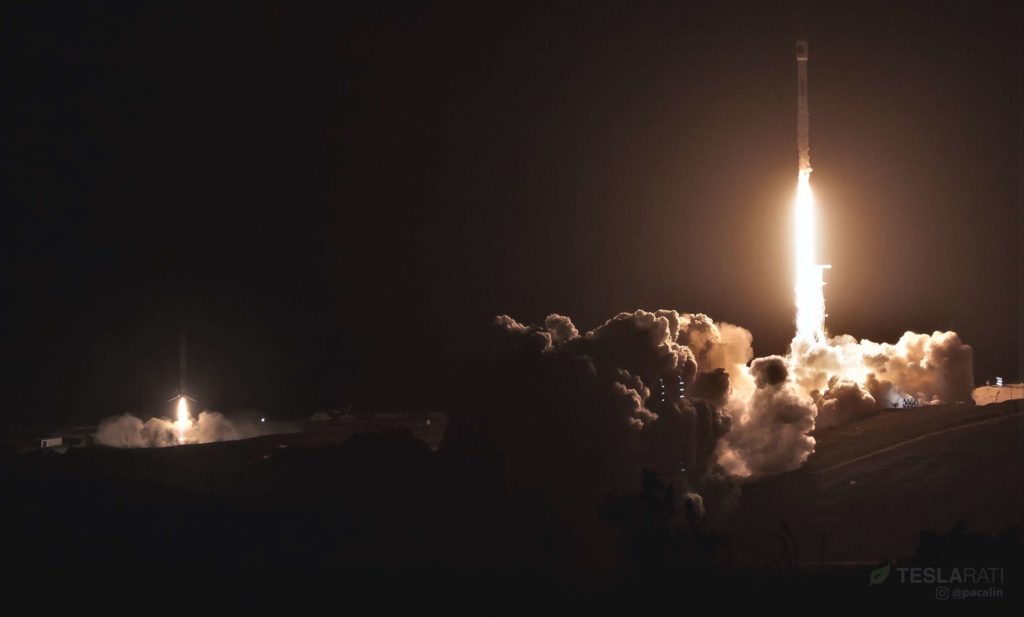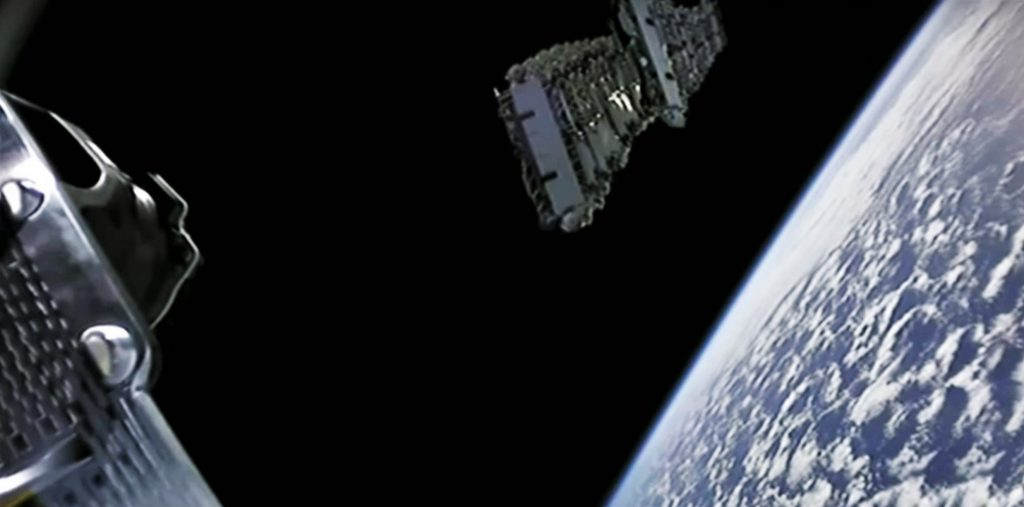Officials from New York State are calling on Elon Musk and Tesla to reopen Gigafactory 2 in Buffalo for the production of ventilators and other critical medical equipment. The officials’ updates come amidst Tesla’s recent suspension of its Giga New York plant, as a means to protect employees from the ongoing spread of the coronavirus.
In a statement to ABC7 News, New York State Assemblyman Sean Ryan noted that everyone must do their part in helping the country address the C-19 pandemic. While Ryan lauded Elon Musk and the Tesla team for their efforts, the Assemblyman emphasized that the electric car maker’s Buffalo facility could be utilized to address the state’s current challenges with the virus.
Update: Tesla CEO Elon Musk confirms Giga New York will reopen for ventilator production as soon possible
Giga New York will reopen for ventilator production as soon as humanly possible. We will do anything in our power to help the citizens of New York.
— Elon Musk (@elonmusk) March 25, 2020
“There is no doubt that COVID-19 has created an unprecedented challenge for New York, for our nation, and for the entire world. At this difficult time, it is critical that each of us do our part to ensure our state can respond to the growing pandemic. I thank Elon Musk and the team at Tesla for announcing that they are working on a plan. Tesla’s factory in Buffalo would be an ideal location to ramp up ventilator production, and I urge them to make this commitment immediately,” he said.
Ryan also outlined his points in a letter to the Tesla and SpaceX CEO. The letter is as follows.
March 24, 2020
Dear Mr. Musk,
I write today regarding the growing COVID-19 pandemic and the ongoing efforts to fight the virus and save lives. I want to thank you and your company for announcing a plan to make ventilators to help meet the need for the essential part of the response to help save lives during the pandemic. As your plans move forward, I urge you to ramp up ventilator production at the Tesla factory located in Buffalo, New York.
With COVID-19 impacting every segment of our society and economy, Tesla’s solar production factory in Buffalo has currently suspended operations. At this difficult time, it is critical that each of us do our part to ensure our state can respond to the growing pandemic. New York State is the most impacted state in the nation with over 20,000 cases COVID-19, and the numbers are growing every day. It makes sense that increased ventilator production would happen here to ensure we can meet the growing demand of our healthcare system.
Sincerely,
Sean M. Ryan
Member of Assembly
It’s not just Assemblyman Ryan that has called on Tesla and Elon Musk to reopen Giga New York for the production of ventilators and other medical supplies that are pertinent in the fight against C-19. In a recent tweet, NYGOP Chairman Nick Langworthy advised Elon Musk that “emergency times call for emergency measures,” one of which is the repurposing Tesla’s Solarglass Roof and Supercharger facility for ventilator and medical supply production.
“Perhaps the @Tesla plant in Buffalo owned by New York State and gifted to @elonmusk should be repurposed to manufacture ventilators and critical medical equipment as soon as humanly possible. Emergency times call for drastic measures,” Langworthy wrote.
Perhaps the @Tesla plant in Buffalo owned by New York State and gifted to @elonmusk should be repurposed to manufacture ventilators and critical medical equipment as soon as humanly possible. Emergency times call fro drastic measures.
— Nick Langworthy (@NickLangworthy) March 19, 2020

(adsbygoogle = window.adsbygoogle || []).push({});
<!–
–>
var disqus_shortname = «teslarati»;
var disqus_title = «(Update) NY officials call on Tesla’s Elon Musk to reopen Gigafactory 2 for ventilator production»;
var disqus_url = «https://www.teslarati.com/tesla-giga-new-york-officials-ventilator-production-elon-musk/»;
var disqus_identifier = «teslarati-134217»;

